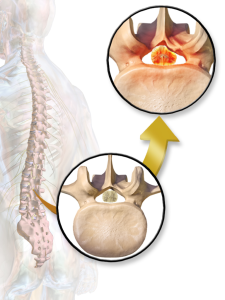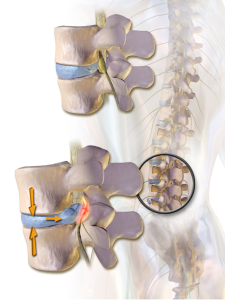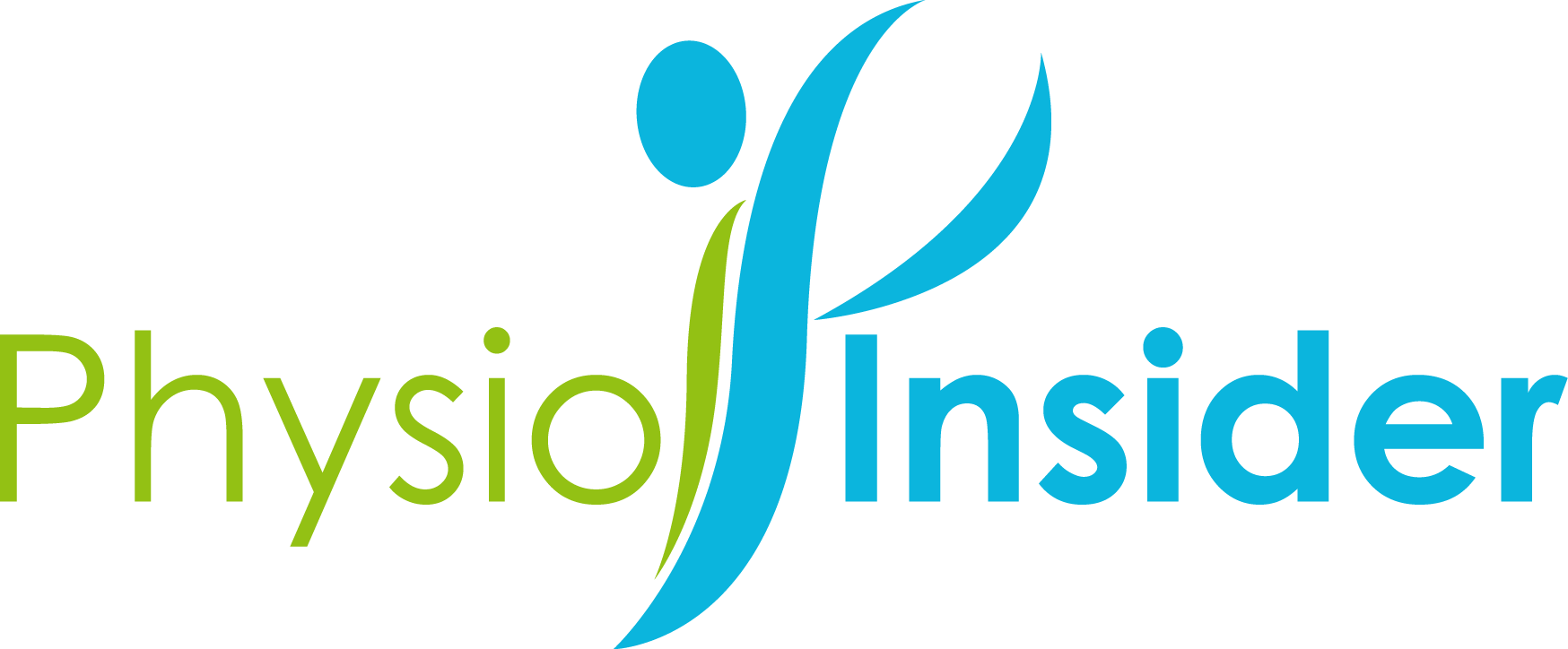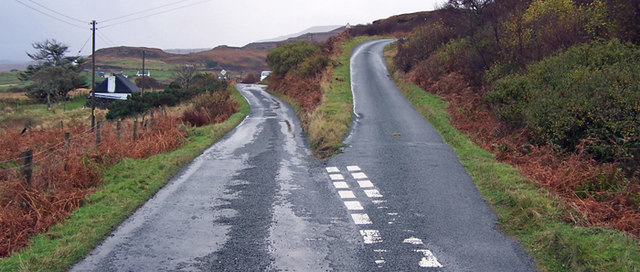Physiotherapy is in no way equivalent to just providing exercise programs. People suffering from orthopedic conditions goes through different phases of healing. A progression of force or difficulty is needed at each phase to ensure that weakened structures are being challenged constantly. Generic exercise programs are simply not customized to everyone’s needs and do not necessarily address all physical limitations. Furthermore, there are many ways to stretch or strengthen the same tissue, your physiotherapist could help you find alternatives that best suits you since ever case is unique.
Most importantly, not all orthopedic conditions are treated the same way. With some form of back pain, it could actually make it worse if patients are moving the back in the wrong direction. An example I would use would be two different back problems being stenosis and herniated disc at the back.
Background Information: Stenosis vs Herniated Disc:
Stenosis (Image Below):

Spinal Stenosis: is when there is compression on a nerve due to narrowing of the spinal or intervertebral canal. This narrowing of the canals, as seen on image to the left, may be caused by degenerative changes at the spine, development of osteophyte , or trauma to the spine.
Findings: the best clinical finding is when client reports no back pain with sitting and being worst when standing, walking, or lying flat. Bending the back is fine, whereas straightening the back would make it worse.
Herniated Disc (Image Below):

A herniated disc is often seen with injuries involving repetitive lifting or excess bending at the lumbar spine. The repetitive bending at the spine put excessive stress on the intervertebral disc pushing it further backwards thus compressing the nerves as seen on image to left.
Findings: People with herniated discs usually have difficulty sitting for too long. They generally feel worse when the lumbar spine is flexed or when lifting. Straightening or bending spine backwards makes it better, whereas bending spine forward would make it worse.
Concluding Remarks:
Essentially, any exercises where the spine is flexed (bent forward) would make patients with stenosis better and patients with herniated disc worse and vice versa. A lot of generic exercise programs are good for general back pain, however, does not take into account all back problems. Treating different conditions at the spine requires a different approach and careful consideration of directional preferences.
Furthermore, different stage of healing requires a different level of stimulation. Exercises need to be progressed so that patients are getting enough stimulation at the tissue level in order to improve. Therapists are able to gauge symptoms, whether patient is pushing too much or too little. It is important to match the level of difficulty of any exercises with the phase of recovery that you are in.

